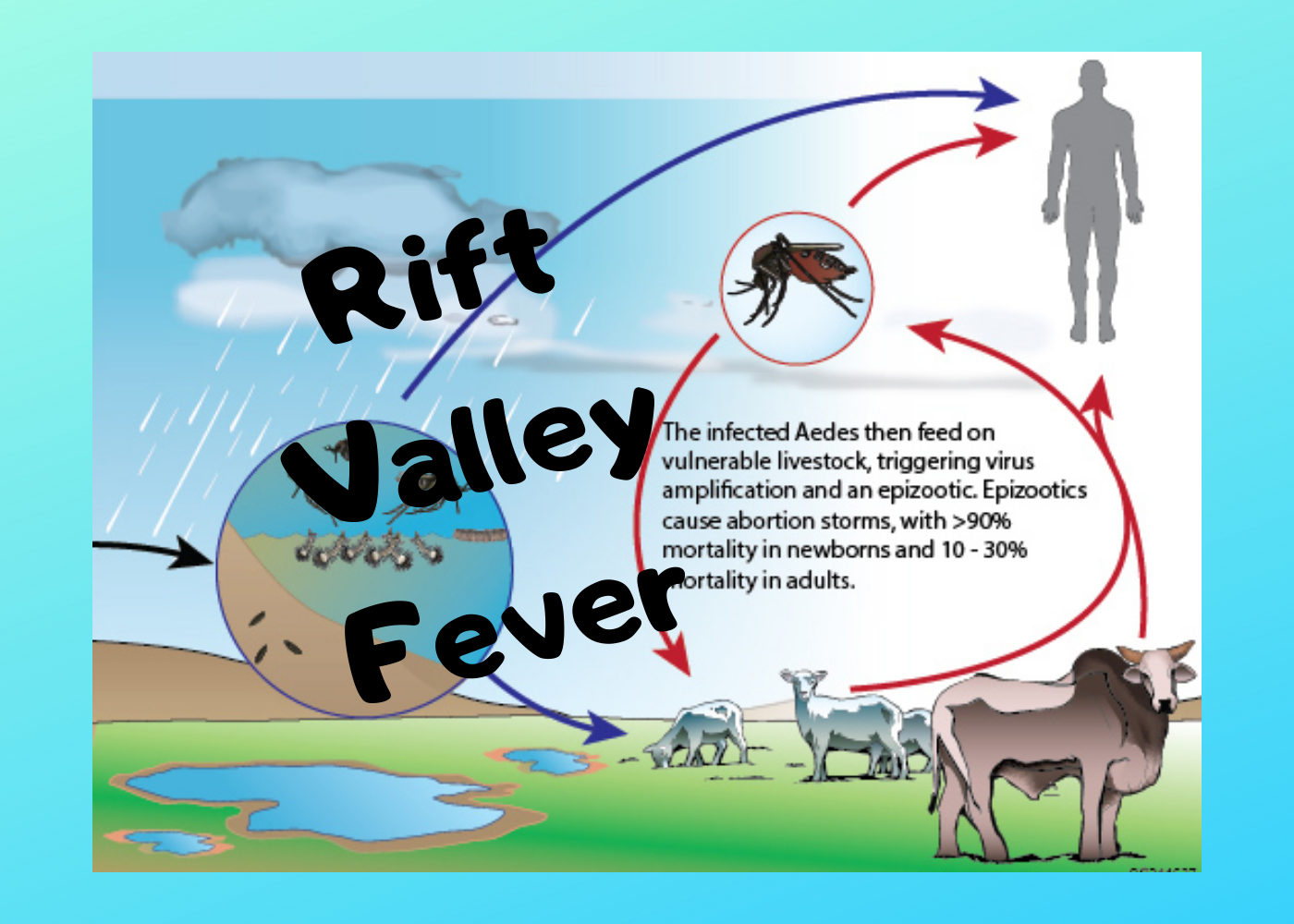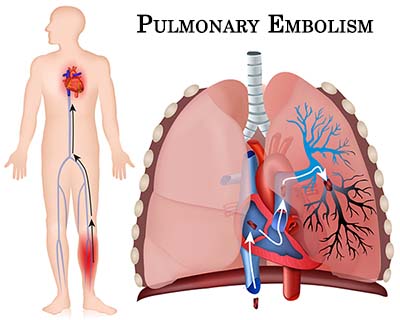Nursing Paper Example on Rubella
/in Assignment Help, BLOG, Homework Help /by Aimee GraceNursing Paper Example on Rubella
Rubella, also known as German measles, is an acute viral disease caused by the rubella virus, a member of the Togaviridae family. It is typically a mild infection but can have severe consequences, particularly in pregnant women, where it can cause congenital rubella syndrome (CRS). Rubella is transmitted through respiratory droplets and has been nearly eradicated in many parts of the world due to widespread vaccination efforts. However, it remains a public health concern in regions with low vaccination coverage.
(Nursing Paper Example on Rubella )

Causes
Rubella is caused by the rubella virus, a single-stranded RNA virus from the genus Rubivirus in the family Togaviridae. The virus is highly contagious and spreads through respiratory secretions when an infected person coughs or sneezes. People can also contract rubella by touching contaminated surfaces and then touching their mouth, nose, or eyes. Rubella is primarily a human disease, and there is no known animal reservoir for the virus.
(Nursing Paper Example on Rubella )
Epidemiology
Before the introduction of the rubella vaccine in 1969, rubella was a widespread disease that caused significant outbreaks globally. The incidence of rubella has significantly decreased due to immunization programs. However, cases still occur, particularly in areas with inadequate vaccination coverage. Pregnant women who contract rubella are at the highest risk, as the infection can cause serious birth defects in the fetus, known as congenital rubella syndrome (CRS). CRS can result in blindness, deafness, heart defects, and intellectual disabilities in newborns.
The World Health Organization (WHO) estimates that worldwide vaccination efforts have significantly reduced rubella cases and deaths. However, rubella remains endemic in some developing countries and regions where vaccine access is limited or public health infrastructure is insufficient.
Signs and Symptoms
Rubella symptoms are often mild, especially in children. The incubation period is typically 14 to 21 days after exposure to the virus. Some individuals may be asymptomatic, while others exhibit flu-like symptoms. Common signs and symptoms of rubella include:
- Rash: A red or pink rash that typically begins on the face and spreads to the rest of the body. It usually lasts for about three days.
- Fever: A low-grade fever often accompanies the rash.
- Lymphadenopathy: Swollen lymph nodes, particularly behind the ears and at the back of the neck, are characteristic of rubella.
- Arthralgia and Arthritis: Joint pain and swelling, particularly in adult women, are common during rubella infection.
- Mild Respiratory Symptoms: A sore throat, runny nose, and conjunctivitis may accompany other symptoms.
Congenital Rubella Syndrome (CRS)
The most severe consequence of rubella occurs when a pregnant woman contracts the virus during the first trimester of pregnancy. The virus can cross the placenta and infect the developing fetus, leading to CRS. The risk of CRS is highest when infection occurs within the first 12 weeks of pregnancy, causing miscarriage, stillbirth, or severe birth defects. CRS can result in:
- Cardiac defects: Such as patent ductus arteriosus and pulmonary artery stenosis.
- Cataracts: Eye abnormalities, including cataracts and congenital glaucoma.
- Sensorineural deafness: Permanent hearing loss is common in infants with CRS.
- Intellectual disabilities: Developmental delays and learning difficulties.
- Hepatosplenomegaly and Thrombocytopenia: Enlargement of the liver and spleen and low platelet count can also occur.
Etiology
Rubella virus is a positive-strand RNA virus belonging to the Rubivirus genus. It enters the body through the upper respiratory tract and infects the epithelial cells of the nasopharynx and lungs. The virus then replicates and spreads to the lymphoid tissues, where it induces viremia, causing systemic infection. The body’s immune response, particularly the production of IgM and IgG antibodies, helps control the infection. However, in pregnant women, the virus can cross the placental barrier and infect the fetus, leading to the devastating outcomes of CRS.
Pathophysiology
Once inside the body, the rubella virus spreads to the lymphatic system and the bloodstream, where it can infect various organs and tissues. The virus causes inflammation of blood vessels, leading to the characteristic rash and other systemic symptoms. The immune system’s response to the infection, particularly the activation of T-cells and the production of antibodies, plays a key role in controlling the spread of the virus. However, during pregnancy, the virus can cross the placental barrier and interfere with fetal development, particularly in the early stages of gestation, leading to congenital malformations.
Diagnosis
Rubella is primarily diagnosed based on clinical symptoms, such as the characteristic rash and swollen lymph nodes. However, laboratory tests are essential to confirm the diagnosis, especially in pregnant women and individuals with mild or atypical symptoms. Diagnostic methods include:
- Serology: Detection of rubella-specific IgM and IgG antibodies. A positive IgM result indicates recent infection, while IgG can help determine immunity status.
- Polymerase Chain Reaction (PCR): PCR testing can detect viral RNA in blood, urine, or throat swabs.
- Prenatal Diagnosis: In cases of suspected maternal rubella infection, amniocentesis and PCR can be used to diagnose fetal infection.
Treatment Regimens
There is no specific antiviral treatment for rubella. Management focuses on symptomatic relief and supportive care. In children and adults with mild cases, rest, hydration, and medications like acetaminophen can help alleviate fever and discomfort. For individuals with severe complications or congenital rubella syndrome, specialized care may be required to manage heart defects, hearing impairments, and developmental delays.
Prevention
The primary method of preventing rubella is vaccination. The rubella vaccine is typically administered as part of the MMR (measles, mumps, and rubella) vaccine. Vaccination programs have been highly successful in reducing rubella incidence and eliminating CRS in many countries. Key prevention strategies include:
- MMR Vaccine: The MMR vaccine is given in two doses, with the first dose administered at 12-15 months and the second dose at 4-6 years of age. Vaccination provides long-term immunity against rubella.
- Prenatal Screening: Pregnant women should be screened for rubella immunity during early pregnancy. Women without immunity are advised to receive the vaccine postpartum to prevent future infections.
- Public Health Campaigns: Efforts to promote vaccination and raise awareness about the risks of rubella are essential to achieving global elimination goals.
Complications
While rubella is generally a mild illness, it can lead to complications in certain populations:
- Congenital Rubella Syndrome (CRS): CRS is the most severe complication, affecting infants born to mothers infected with rubella during pregnancy. It can cause lifelong disabilities or death.
- Arthritis: Joint inflammation is more common in adult women and can persist for weeks after the infection resolves.
- Encephalitis: Rarely, rubella can cause inflammation of the brain, leading to encephalitis, which can be life-threatening.
(Nursing Paper Example on Rubella )
Patient Education
Public health education is crucial for preventing rubella outbreaks and CRS. Key educational messages include:
- Vaccination Awareness: Educating the public on the importance of rubella vaccination, especially in areas with low coverage, is essential to preventing outbreaks.
- Rubella in Pregnancy: Pregnant women should be aware of the risks of rubella and the need for prenatal screening.
- Travel Precautions: Individuals traveling to areas where rubella remains endemic should ensure they are vaccinated.
Conclusion
Rubella is a highly contagious viral illness that, while generally mild in children and adults, poses a significant threat to pregnant women due to the risk of congenital rubella syndrome. Widespread vaccination efforts have significantly reduced the incidence of rubella and CRS, but continued vigilance is necessary, particularly in regions with low vaccination coverage. Prevention through vaccination, public health campaigns, and prenatal screening remains the most effective strategy for controlling rubella and its complications.
References
- World Health Organization (WHO). “Rubella.” https://www.who.int/news-room/fact-sheets/detail/rubella
- Centers for Disease Control and Prevention (CDC). “Rubella.” https://www.cdc.gov/rubella/index.html
- Plotkin, S. A., & Reef, S. E. (2020). “Rubella Vaccines.” Clinical Microbiology Reviews, 33(4), e00113-20. https://doi.org/10.1128/CMR.00113-20
- Best, J. M. (2017). “Rubella.” Seminars in Fetal and Neonatal Medicine, 22(3), 176-182. https://doi.org/10.1016/j.siny.2017.02.007
- Miller, E., & Cradock-Watson, J. (2019). “Maternal Rubella and Congenital Rubella Syndrome.” The Lancet Infectious Diseases, 19(10), e386-e391. https://doi.org/10.1016/S1473-3099(19)30172-1











